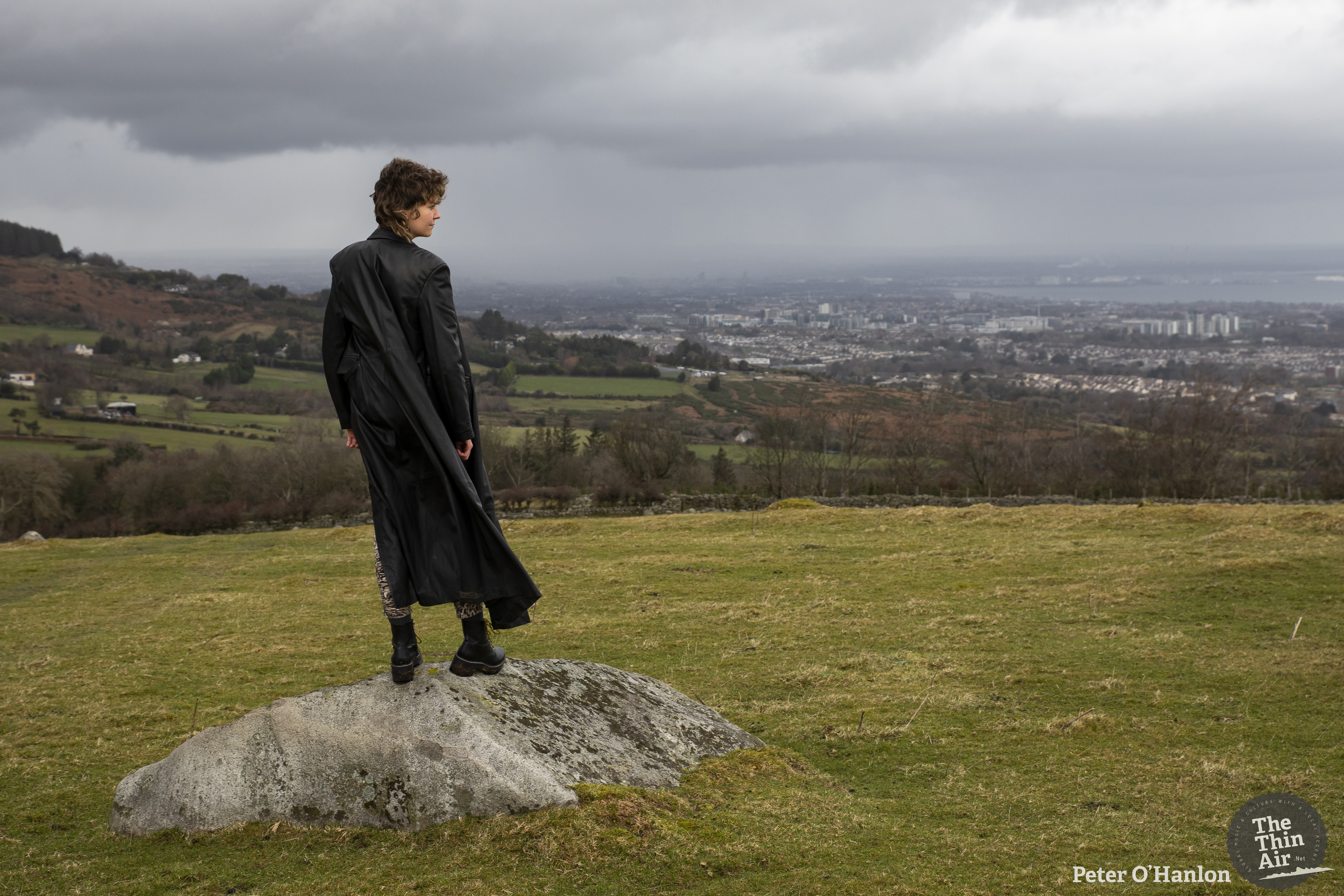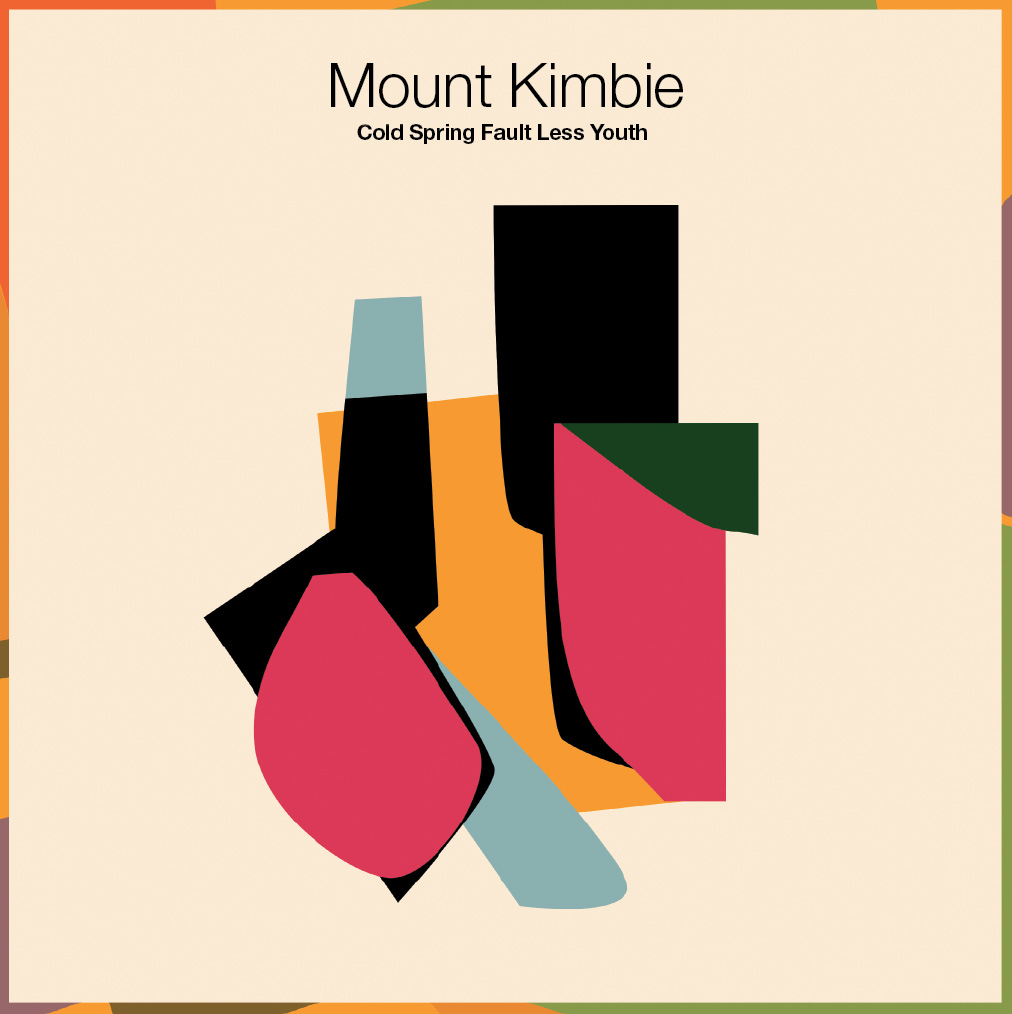It can be quite instructive to look back on divergent points in popular culture, and speculate on what could have been: the War of the Romantics between Brahms and Wagner, Bob Dylan going electric, the split between Gangsta Rap and Conscious Hip-Hop. One example which may not be mentioned in many history books is the evolutionary split in dubstep at the beginning of last decade. On one branch there was the more subtle approach by artists such as Benga, Coki, Skream and pre-chart mainstay, James Blake, whereas on the other there was the ultra-aggressive American wave spearheaded by artists like Skrillex. Of course we know which side won out in the commercial sphere, and within popular culture dubstep is defined by high altitude drops and gnarly bass. Yet it is still interesting to imagine a world where Benga & Coki’s ‘Night’ and not Scary Monsters and Nice Sprites became the cultural touchstone.
Enter Workaround, the debut album from London’s Beatrice Dillon. Given her near-omnipresence in the background of left-field electronica for the past few years, it’s slightly surprising that this is her first solo full-length proper. Perhaps that can be put down to the weight of the work she’s been putting out, guerrilla-style, as of late: abstract noise-drone as part of Dillon Wendel, collaborative techno 12”s with Karen Gywer and Call Super. Incidentally, the gorgeous ‘Fluo’ from the latter collaboration presets the vibe that comes across in the new album, without actually sounding anything like it: both works are twisting, organic shapes that refuse to be broken down into their component parts, never losing sight of the all-important groove. And neither work is afraid to add saxophone when necessary.
The album can roughly be categorised within the framework of “post-dubstep”, but that feels wholly inadequate as a descriptor. Sounds shift throughout each song, but without sounding like anything other than itself, making any comparisons obsolete within a few seconds. In ‘Workaround Two’, there are almost flavours of footwork with it’s stop-reset-repeat beat, but the shut-up-and-dance aspect at the genres most aggressive is absent: in between the sax, elongated crystalline synth pads, and Laurel Halo’s guest vocals, the song feels almost relaxing. Written out like this, it sounds like something of a mess (the possibility that this is due to the writing of yours truly has yet to be counted out), but attempting to vivisect each track will invariably lead to missing how each part only works as a unified whole: each song is far more than the sum of its parts.
For every part that the listener manages to catch however, it becomes clear that throughout the album there’s an incredible breath of musical exploration at work, but never in such a way where the music becomes unfocused. Take ‘Workaround Three’ as an example: remove the beat and you’re left with a highly abstract improv of scraped piano strings and trance stabs: John Cage by way of Lorenzo Senni. Then reintroduce the simple, hard hitting syncopated drumline and the song becomes something else entirely: an endurance test of rhythm, curveballs thrown from all sides. ‘Workaround 6’ continues on this idea of weaving electronic and acoustic experimentalism together by undercutting a relatively straightforward synth bass wobble with a rattly upright bass solo. While this may give the impression of being a modern update on “dueling banjos”, it never feels gimmicky: after listening to it several times, it’s made highly apparent how much thought went into playing the distinct timbres against one another in such a way that retains their unique character, and yet weaves them together to create something neither could alone.
With the last three songs barely being over two minutes long together, the preceding track ‘Square Fifths’ can be considered the true final statement of the album. Starting off with a shifting drum pattern and spiraling synth stutters, there’s a sudden shift in tempo and tone halfway through (lest the listener get too complacent), with the synth stabs from ‘Workaround 3’ making a sudden reappearance. It’s quite representative of the album as a whole: incredibly hard to predict each new development, but Dillon’s strength as a producer makes it easy to trust that each seeming swerve into a road less travelled has a destination in mind. It’s perhaps not altogether surprising that post-dubstep didn’t become the world-conqueror like it’s American offshoot, but it’s hard to imagine an album as unique and daring as Workaround being able to flourish under the harsh glare of Coachella or Electric Daisy Carnival. Many organic materials need time to develop underground before they can burst forth into the light, and Workaround is nothing if not brimming with life. Will Abbott





